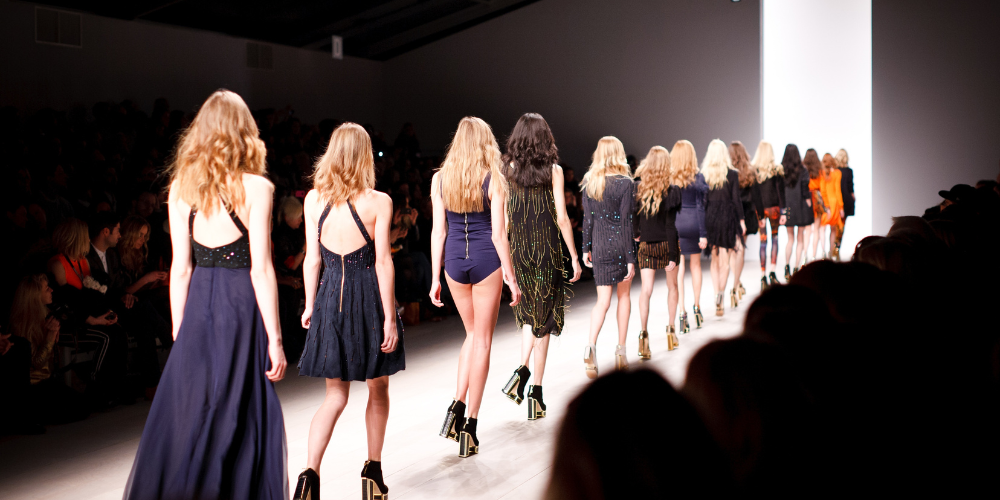As we stand at the forefront of a new era, the fashion industry, like many others, is poised to undergo significant transformations. The fashion industry’s future holds an intriguing mix of exciting possibilities shaped by numerous factors, from technology and sustainability to shifting consumer behavior and social movements. Here are some key predictions and trends to watch in the future of fashion.
Technology Integration
One of the most significant shifts we will see is the widespread integration of technology in the fashion industry. Virtual Reality (VR) and Augmented Reality (AR) are expected to revolutionize the way we shop for and experience fashion. These technologies will provide immersive experiences, enabling consumers to ‘try on’ clothes virtually before making a purchase. In addition, the use of AI in predicting fashion trends and helping in design processes will be more prevalent.
Moreover, the advent of digital fashion, where clothing exists solely in the digital realm, is another burgeoning area. As society becomes increasingly digitized, owning digital fashion pieces for use in virtual spaces like gaming platforms or social media avatars is gaining traction.

Sustainable Fashion
Sustainability is no longer a buzzword but a crucial focus area for the fashion industry. As consumers become more conscious about the environment, there is a rising demand for ethical and sustainable fashion practices. This trend has led to the growth of “slow fashion,” which emphasizes quality over quantity and encourages buying less but better.
Future fashion will also see more use of eco-friendly materials, such as organic cotton, recycled polyester, and bio-based fabrics. In addition, the concept of circular fashion, where clothes are designed to last longer and can be recycled or repurposed at the end of their lifecycle, will gain more prominence.
Personalized Fashion
Consumer expectations are evolving, and the demand for personalized fashion is on the rise. The future of fashion will likely include more bespoke services, where clothing is made to order, reducing waste and giving customers a more personal connection with their garments.
In addition, advancements in technology will also play a role in personalization. The use of AI and machine learning algorithms can analyze a consumer’s shopping habits and preferences, delivering customized recommendations and providing a more personalized shopping experience.

Inclusivity and Diversity
As society becomes more socially conscious, there is a growing expectation for the fashion industry to reflect this diversity in its products and representation. Inclusivity will become an essential aspect of the fashion industry, with brands offering more size-inclusive ranges, gender-neutral collections, and adaptive clothing for people with disabilities.
Second-Hand and Rental Fashion
Another emerging trend is the growth of the second-hand and rental fashion market. As consumers become more conscious about sustainability and the financial implications of fast fashion, buying second-hand or renting clothing for special occasions is becoming more popular. This trend not only promotes sustainability but also allows consumers to access luxury items at a fraction of the cost.

Conclusion
The future of fashion is undoubtedly exciting and holds immense potential for innovation and transformation. The integration of technology, a renewed focus on sustainability, the rise of personalization, increased inclusivity, and the growth of the second-hand and rental market are just some of the trends shaping the future of this dynamic industry. As we look forward, it is clear that the fashion industry has the opportunity to be a pioneer in driving change, not only in terms of style and aesthetics but also in its impact on society and the environment.
As we move into this future, it is crucial for everyone involved in the industry – from designers and brands to consumers – to be aware of these trends and contribute to a more sustainable, inclusive, and innovative fashion world.



